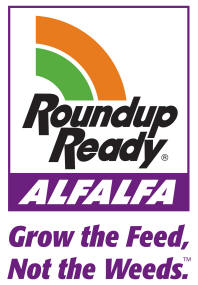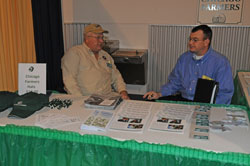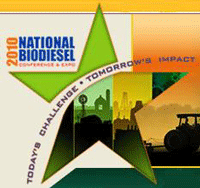 Just thought I would post a reminder that the deadline for all comments on Roundup Ready® Alfalfa are to be received by USDA on February 16, 2010. If you have not given your comments about this product, now would be a great time to do it. There are only 8 days left to discuss this American farm technology. Please, take the time to comment and encourage your colleagues to do the same.
Just thought I would post a reminder that the deadline for all comments on Roundup Ready® Alfalfa are to be received by USDA on February 16, 2010. If you have not given your comments about this product, now would be a great time to do it. There are only 8 days left to discuss this American farm technology. Please, take the time to comment and encourage your colleagues to do the same.
You can find additional information on how to participate here, or you can go directly to the USDA’s comment website to leave your thoughts. Remember, the world is run by those who show up, so speak out to leave your voice in this discussion.
As of February 3, 2010 over 1400 comments have been received and processed by the USDA, 700 of which are generally positive. A breakout of all comments by state follows.
Did you know? According to a Roundup Ready Alfalfa fact sheet, “Growers report producing up to .9 more tons of alfalfa forage per acre due to more effective weed control with greater crop safety. The result: an additional $85 per acre of profit potential and an increased food supply for all. Studies have shown that due to fewer weeds, relative feed values can be improved 20% or more with Roundup Ready alfalfa. Dairy farmers appreciate the consistency of the hay delivered by the Roundup Ready alfalfa system, and trials show estimated increases in milk production per acre of 14% more than dairy cows fed alfalfa treated with conventional weed control systems. Because a healthy stand of Roundup Ready alfalfa is highly competitive with weeds, growers do not need to treat with herbicides as often.”


 At the recent International Poultry Expo/Feed Expo,
At the recent International Poultry Expo/Feed Expo, 



